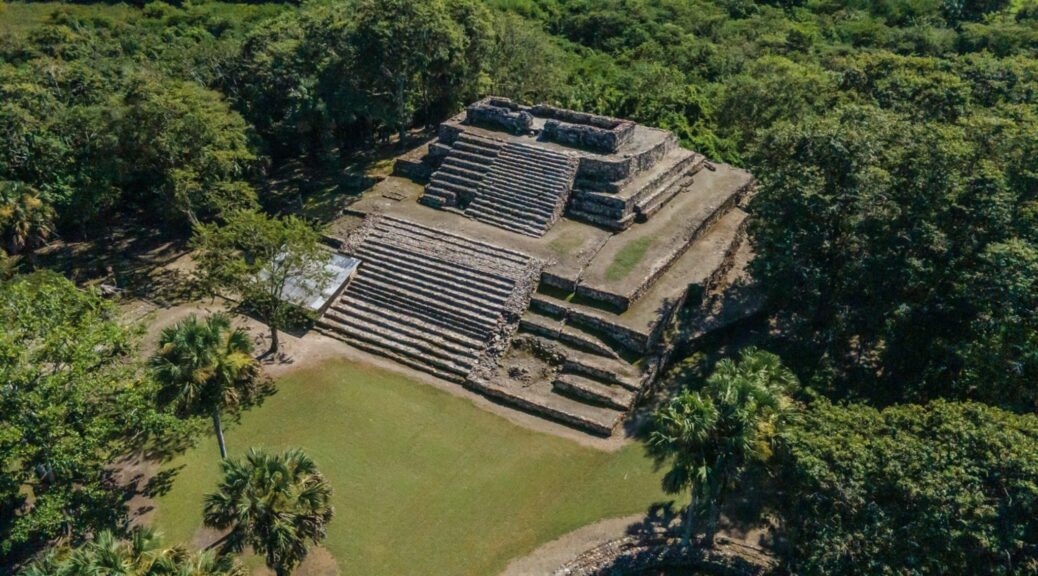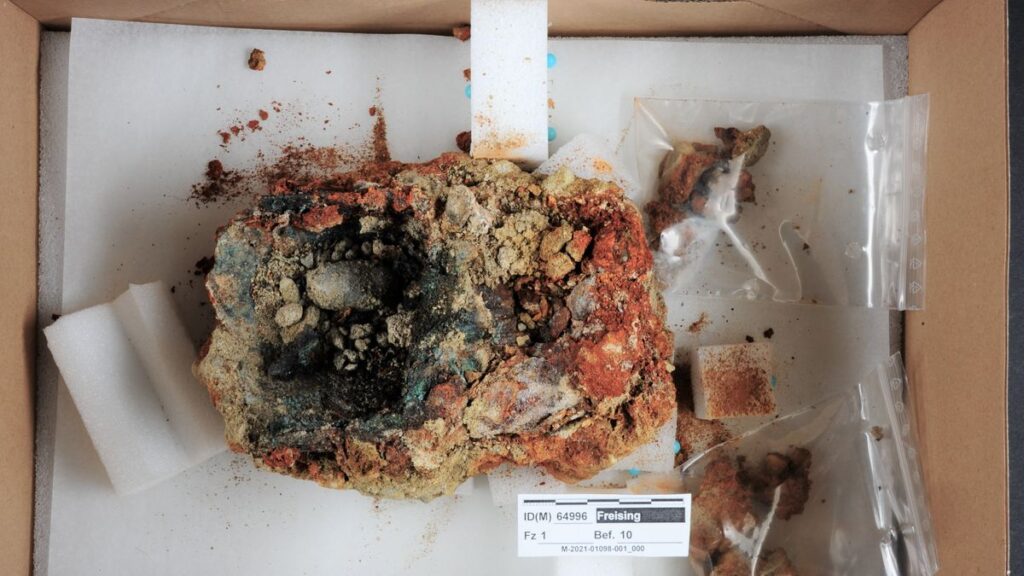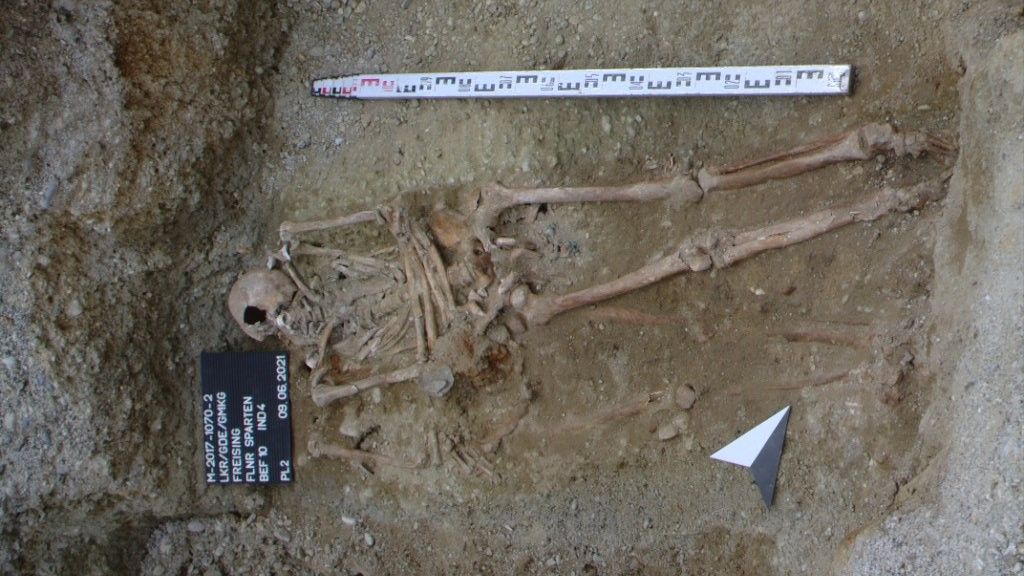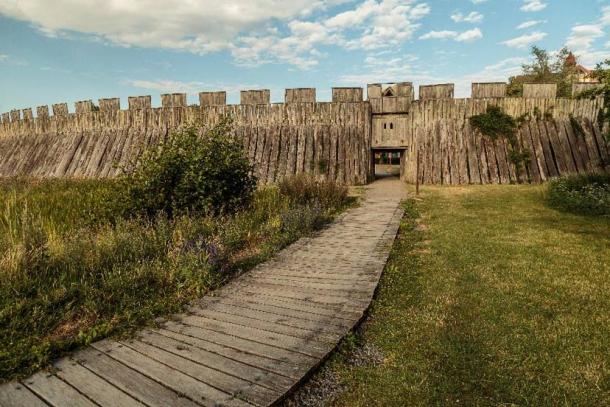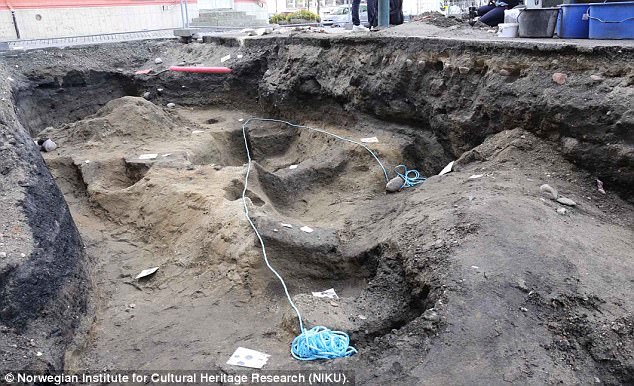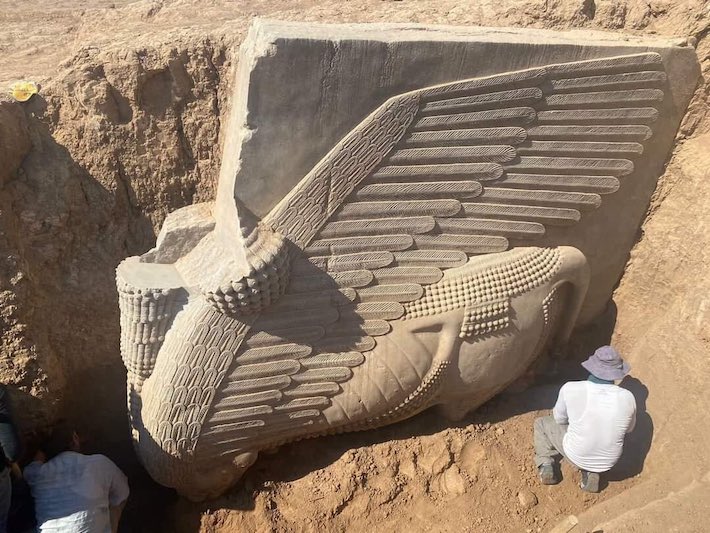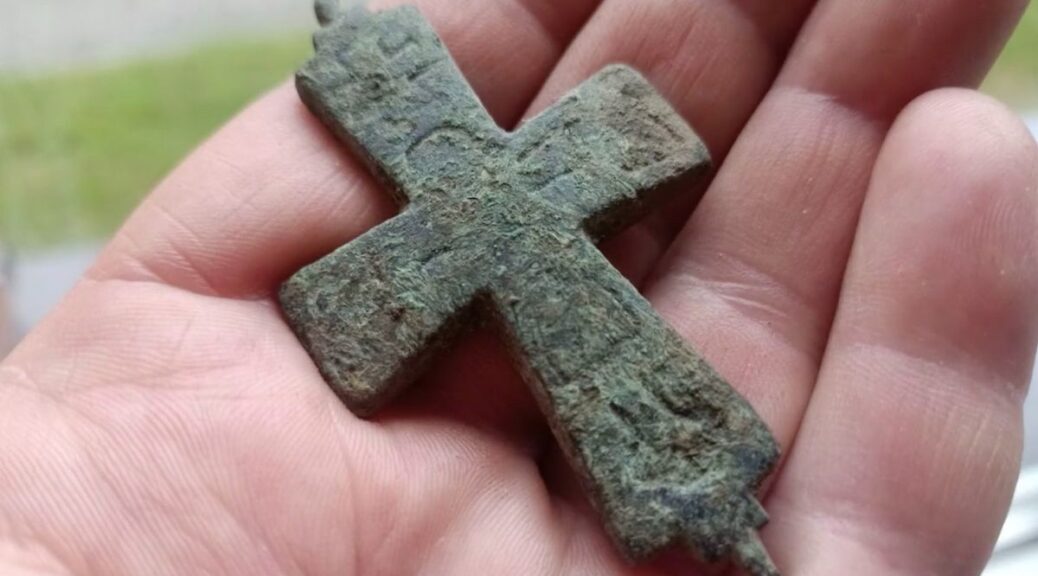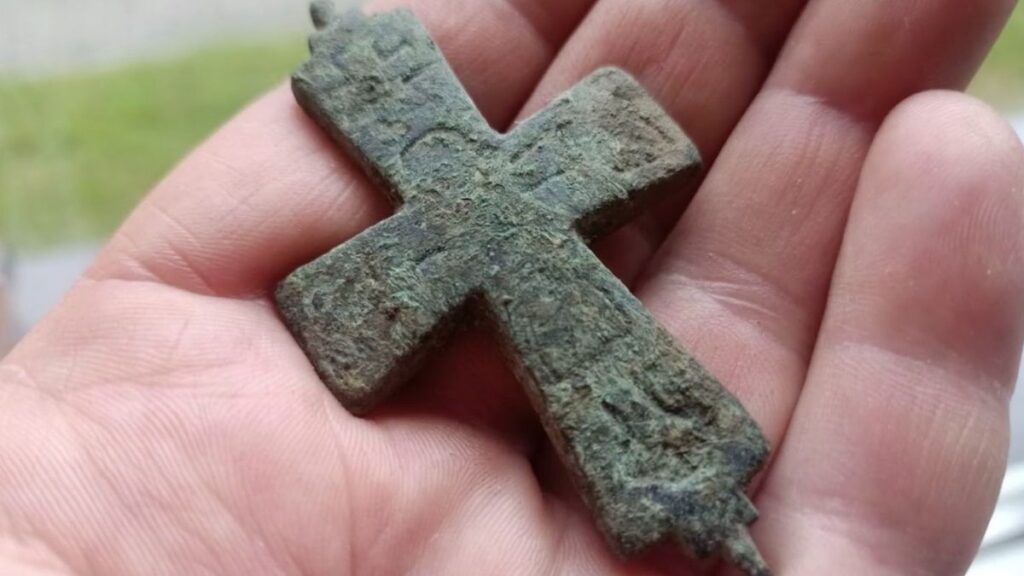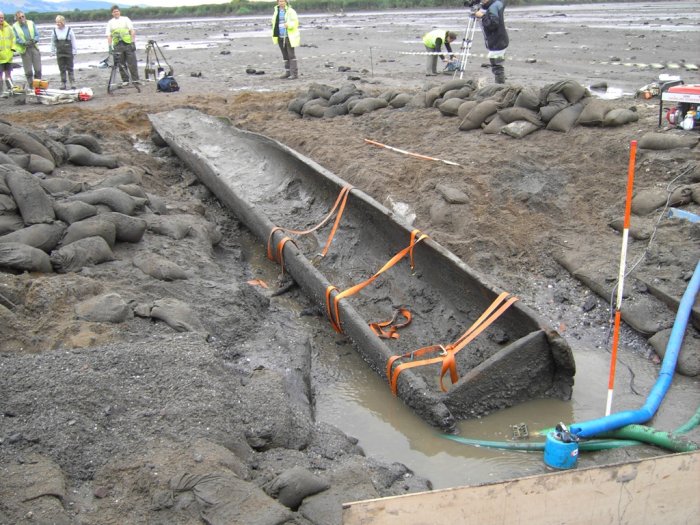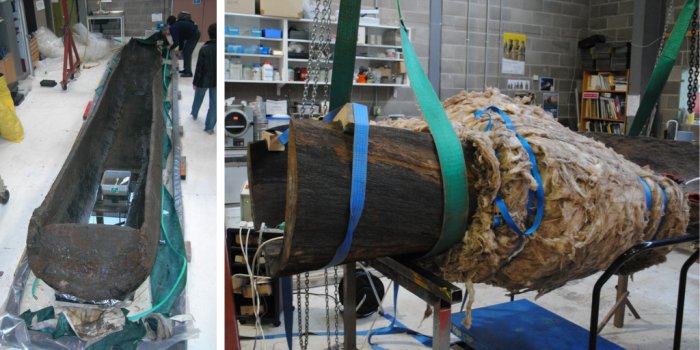Circular Maya Structure Uncovered in Southern Mexico
Archaeologists have discovered an ancient structure in the jungles of Mexico that may have been linked to the cult of a Maya serpent deity.
A team of researchers with the Mexican National Institute of Anthropology and History (INAH) uncovered the circular structure at the archaeological site of El Tigre, Campeche State, in the Yucatán Peninsula.
El Tigre likely corresponds to an ancient Maya settlement that was known as Itzamkanac, which was a regional capital and commercial hub. The inhabitants of the region were the Chontal or Putun Maya culture, who worshipped the serpent deity Kukulcán, among other gods.
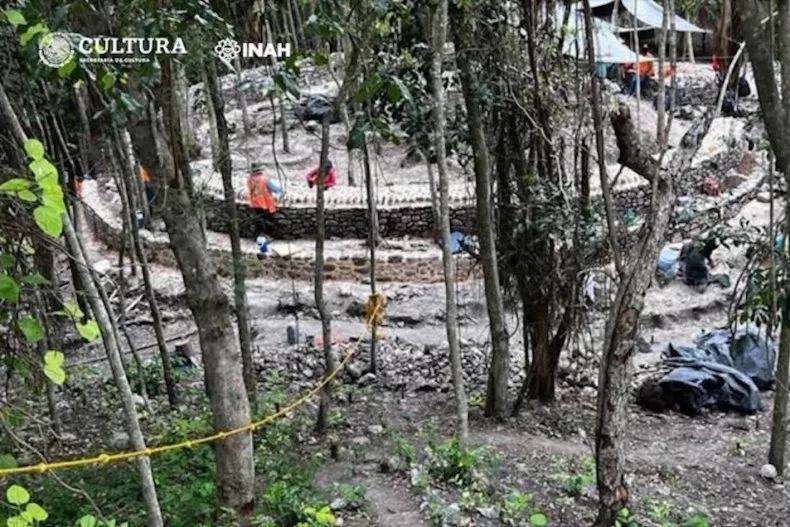
The El Tigre site has a long history of occupation dating back more than 2,000 years until the era of Spanish colonization began in the 16th century.
The recently discovered structure dates to the period 1000–1200 A.D. and could be linked to the cult of Kukulcán, who is equivalent to the wind god Quetzalcóatl in Aztec mythology, INAH said in a press release.
The structure, which consists of two levels, likely supported a flat-roofed temple dedicated to Kukulcán, according to archaeologists. It is similar to several other structures that have previously been found across the Yucatán at sites such as Edzná, Becán, Uxmal, and Chichen Itzá.
The importance of the structure lies in its age, which corresponds to a time when the ancient Maya settlement maintained strong ties with other regions of Mesoamerica—such as central Mexico, Oaxaca, and the Gulf Coast.
These links would have enabled the spread of religious ideas between the Chontal Maya and the other regions. For example, while the cult of Kukulcán had its origins in earlier Maya traditions, it may have also been influenced by the Quetzalcóatl cult.
An important historical document of the region known as the Paxbolón Maldonado Papers, describes a settlement called Itzamkanac that features temples dedicated to the four main deities of the Postclassic period Maya, one of whom was Kukulcán.
The latest discovery of the circular structure that potentially represents the remains of a temple dedicated to Kukulcán suggests that El Tigre is the city of Itzamkanac described in historical sources, given the site’s location and other archaeological data, according to INAH researcher Ernesto Vargas Pacheco.
“This building broadens our knowledge of the late occupation of El Tigre. Circular structures generally correspond to the early postclassic period between A.D. 1000 and 1200, when the Maya zone had links with other regions of Mesoamerica,” INAH general director Diego Prieto said at a press conference.
The structure was found during archaeological rescue works conducted as part of the Tren Maya (Maya Train) project.
The project is an almost 1,000-mile-long railway, scheduled to start operating in December. It traverses Mexico’s Yucatán Peninsula, the heart of the ancient Maya civilization, which is rich in antiquities
Tren Maya is one of the largest and most controversial infrastructure projects in the history of Mexico. It aims to bring tourists from the region’s popular beach resorts to lesser-known inland locations, including historic Mayan sites, that represent some of the poorest parts of southern Mexico.
While thousands of ancient Maya artifacts and structures have been uncovered during work on the project, critics say it places others at risk of damage or destruction, as has already occurred. Some have also raised environmental concerns.
